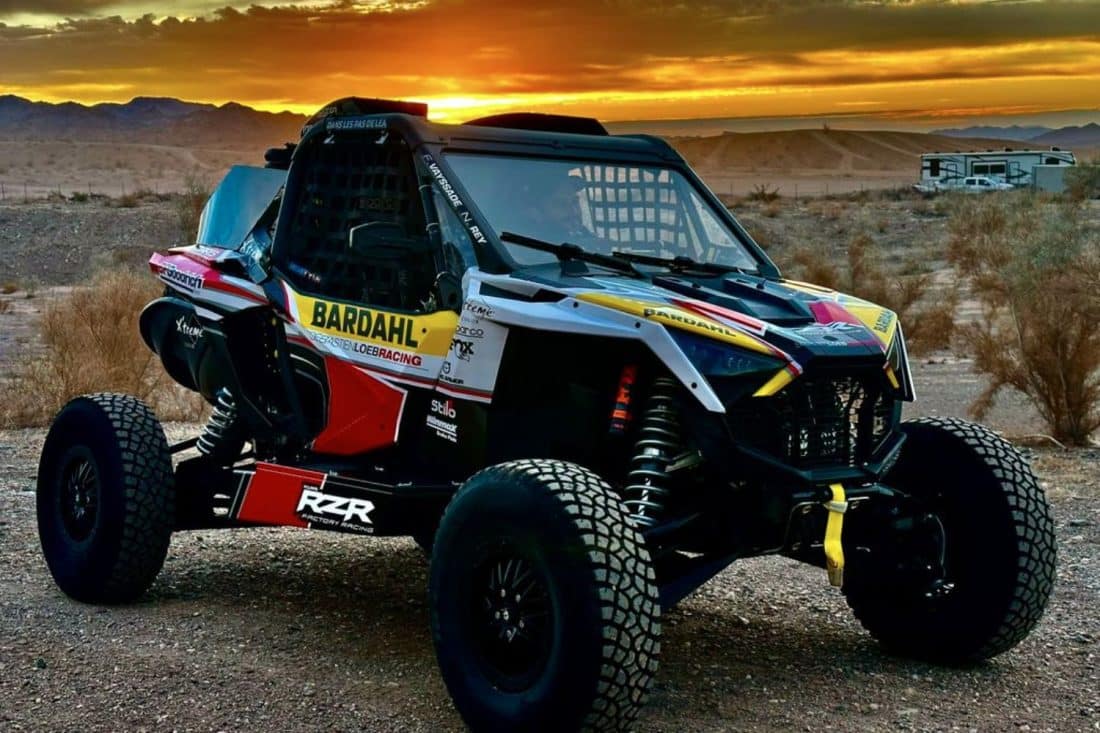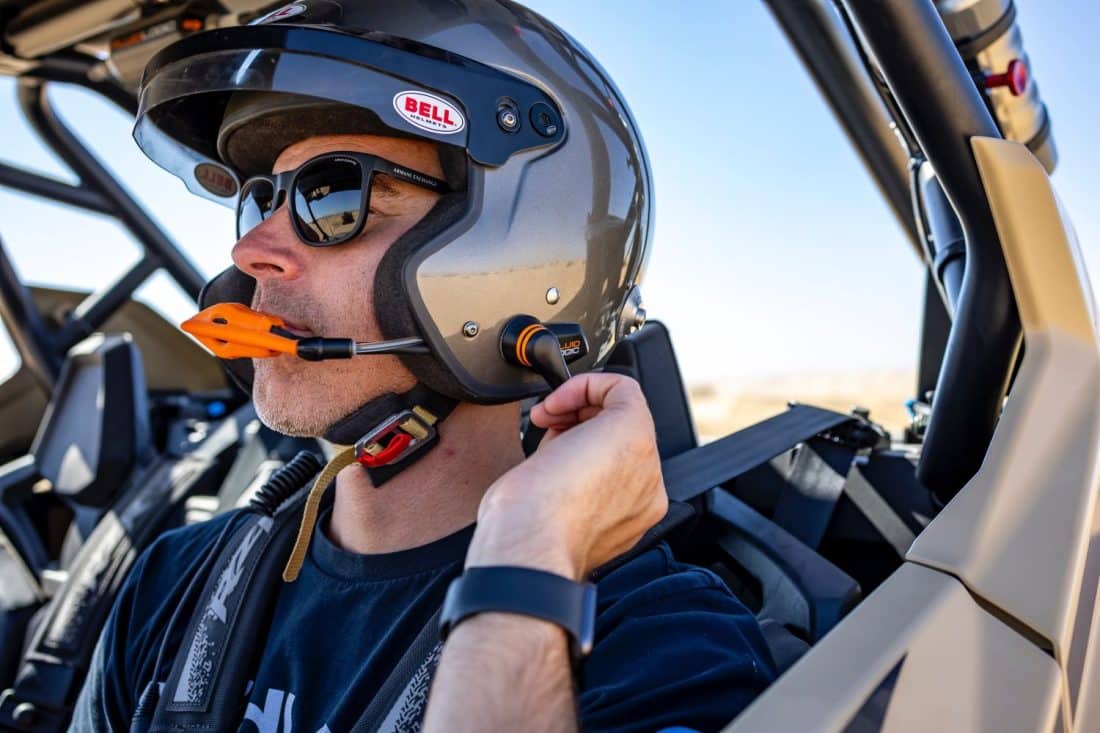Since the popularization of LEDs and the practice of Quad riding in winter, the proliferation of available accessories has exploded. There are great accessories for your Quad and other useful gadgets for you: heated insoles, electric visor, GPS, and more.
Have you considered the ability of your machine to supply all the power needed for these accessories?
Let’s go back to the ’80s with the example of a Honda 200X 3 wheeler. The available electrical power on this vehicle was pretty tight: only 135 watts with the engine revving at full throttle (5,000 rpm).
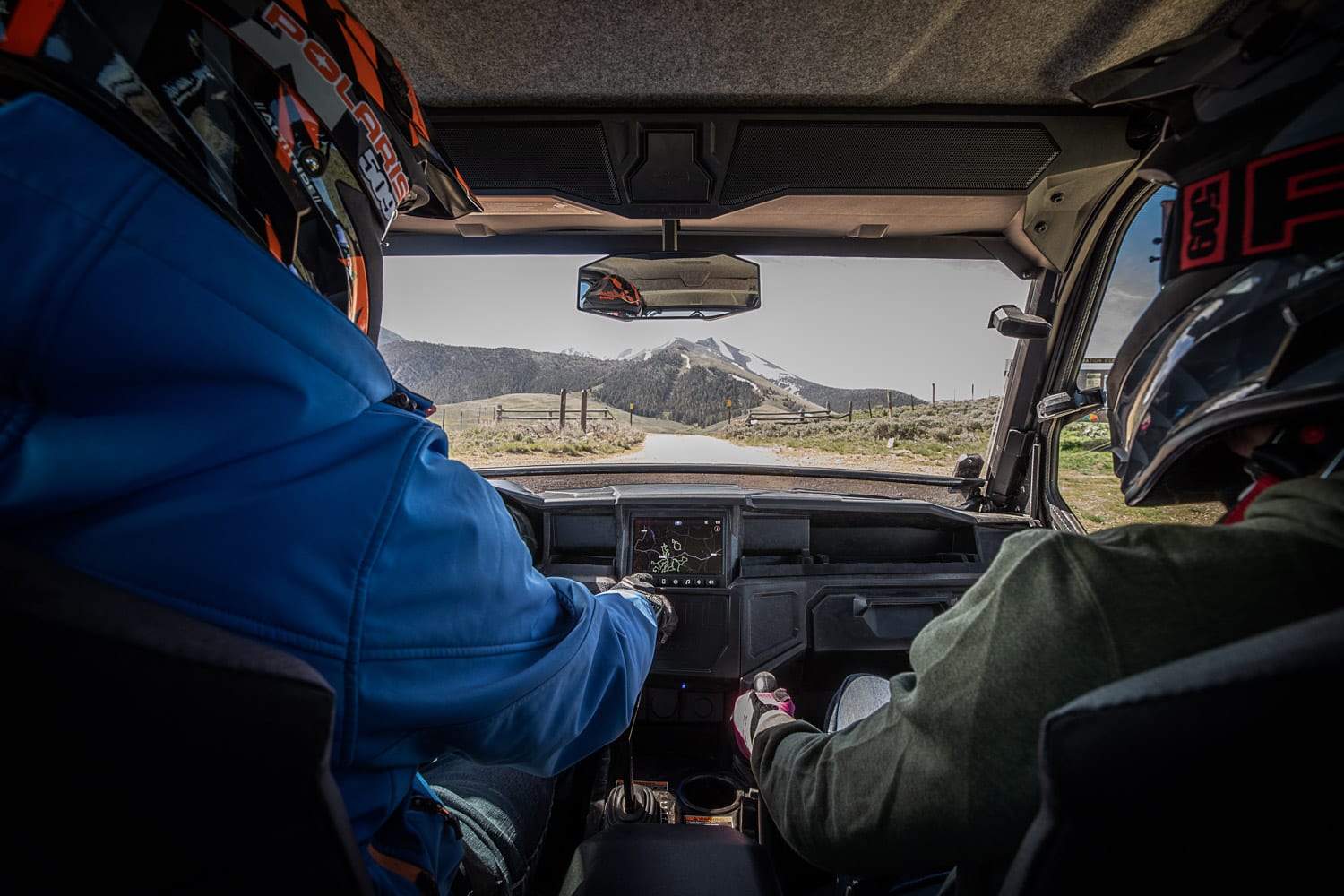
The power consumption was not very high as this Quad did not have an electric starter or battery. The current demand consisted of a single 60-watt light mounted on the front suspension fork and a single 5-watt parking light at the rear. There was no electric fuel pump and no fuel injection. In total, 65 watts were used by accessories other than the consumption necessary for the engine’s operation. This type of battery-less vehicle often used an independent power coil for engine operation, so it did not influence the accessories and vice versa. Don’t forget that the advertised 135 watts were at 5,000 rpm. At 2000 rpm, there were a lot fewer watts available. This explained the poor lighting due to the lack of current when the engine was idling. Today, most quads are equipped with a battery and a generator that provides 500 watts and sometimes more. Manufacturers could also replace generators with alternators, which would be more powerful, but would probably be more expensive.
The charging system consists of three groups of three fixed copper wire windings (represented by Y1, Y2, and Y3). Permanent magnets attached to the inside of the flywheel (represented by the circle) rotate around the coils. This movement produces an alternating current (AC), generally 115 volts AC for each group of windings with an engine revving at 5000 rpm. This data may differ slightly from one manufacturer to another.
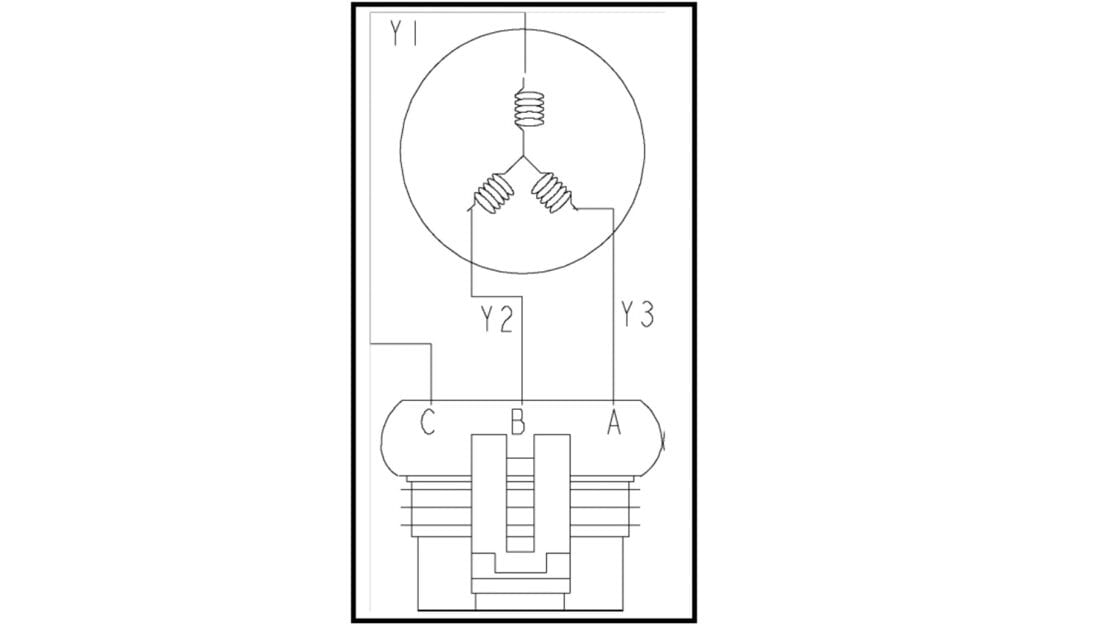
As all quads operate on 12 volts DC, the output current from the coils must be transformed. Manufacturers use a module that rectifies the alternating current into direct current and regulates it between 13.8 and 14.4 volts. The battery then accumulates this energy.
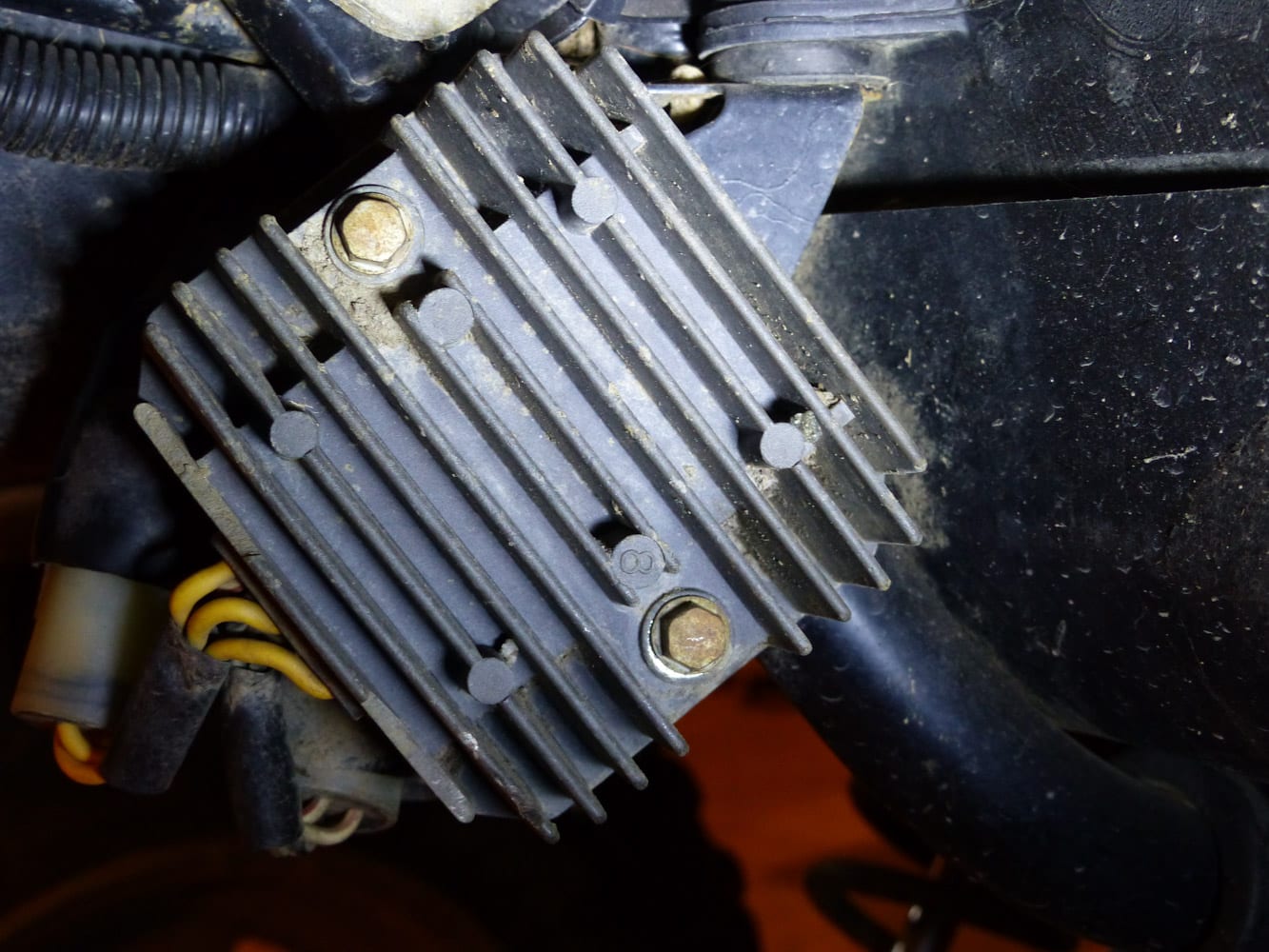
The battery in your Quad acts as an energy store. When excess current is available, the battery accumulates it. This current is then available when the vehicle’s current demand is higher than that produced by the generator.
An ATV battery can also be recharged using a battery charger with a power of 1.8 to 2 amps / hour for 5 to 10 hours. Too much charging power may overcharge the battery and destroy it.
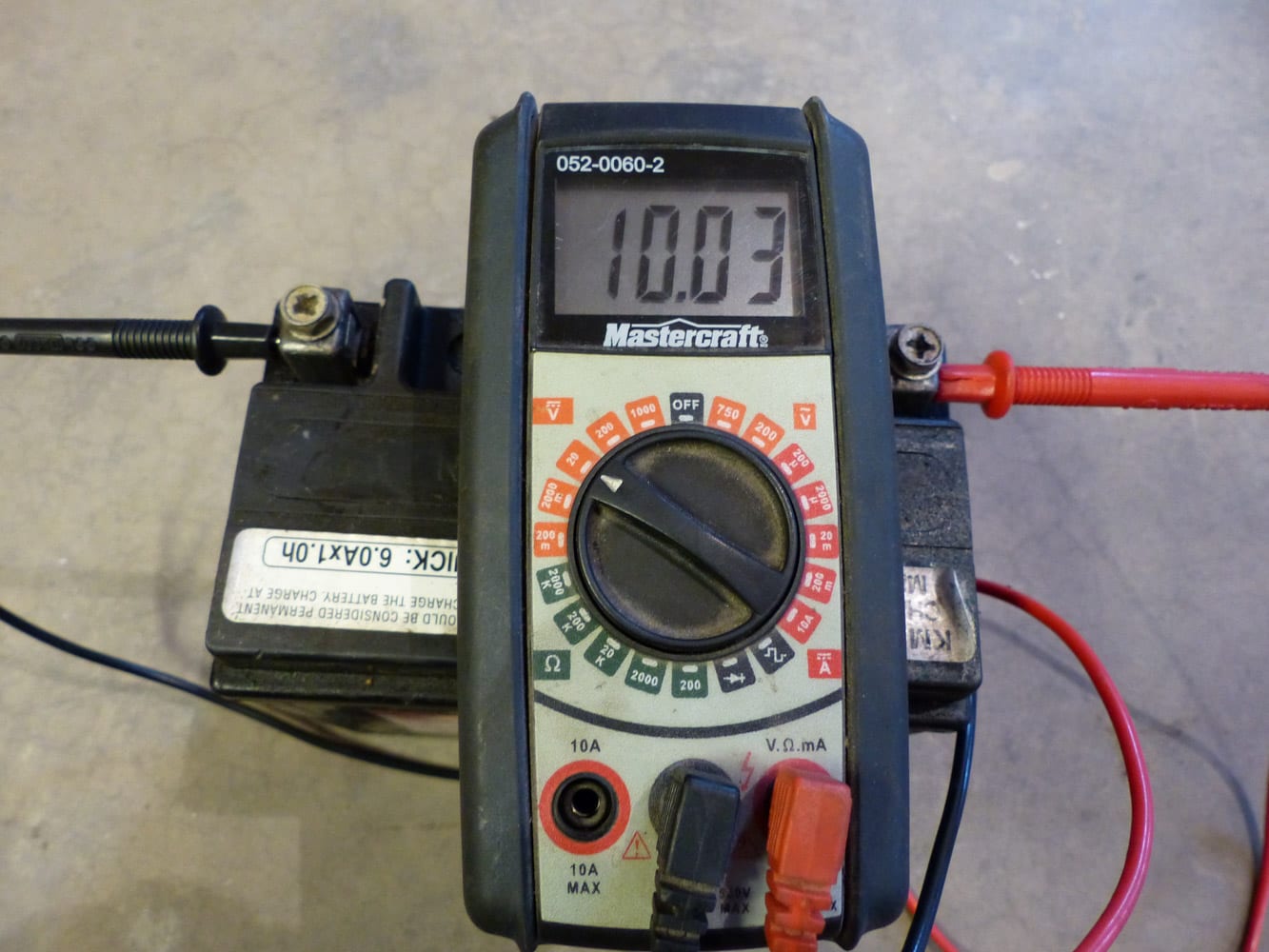
Here are some technical data with the engine stopped. A battery voltage is:
- 12.8 volts when 100% charged
- 12.5 volts is 75% charged
- 12.0 volts is 50% charged
- 11.5 volts is 25% charged
Imagine a ride with several accessories and lots of winch use with the engine idling frequently. It is possible that your battery will be below 12 volts and cannot even start your Quad after a stop.
Did you know?
The current required for a cold start below -15 degrees Celsius will mean a minimum of 30 minutes of sustained high rev use to recharge the battery.
Let’s look at some basics of electricity. Often the advertised units of measure differ from one accessory to another. These measurements are mostly from watts to amps. To perform calculations that make sense, it is best to convert to a single unit of measurement. If you want to convert the measurement of watts in amperes, here is the formula: “Watts divided by volts = number of amps.” So, for example, 500 watts divided by 13.8 volts = 36 amps. Remember that the 500 watts measured on most quads are with the engine revving at 6000 rpm. W / V = Amp.
After giving it a test, I found that the engine at idle only delivers a meager 125 watts, so 7.2 amps. It’s very little, however as the engine revs increase, the available watts (and amps) add up quickly.
I measured the consumption of a few accessories on my Quad using a multimeter. These measurements will serve as a reference in your calculations.
Here are the measurements obtained:
| Heated grips | 3.2 amps for both. (Kimpex) |
| Thumb heater | 0.29 amp (Kimpex) |
| Heated passenger grips | 3.6 Amps (Koso) |
| Heated soles | 0.9 amp |
| Headlights (50w halogen x 3) | 10.87 amps on the high beam position |
| 2-bulb brake light | 1.2 amps |
| LED spotlight (1.3 amps x 2) | 2.6 amps (Kimpex) |
| Heated visor | 0.22 amp (CKX) |
These accessories mean a total of 22.68 amps when fully in use. This power adds to the engine’s power consumption (EFI, motor control modules, and battery recharging). We can see that this Quad will be using near its maximum available current if all the accessories are at their full use when the engine spins between 3,500 and 4,000 rpm.
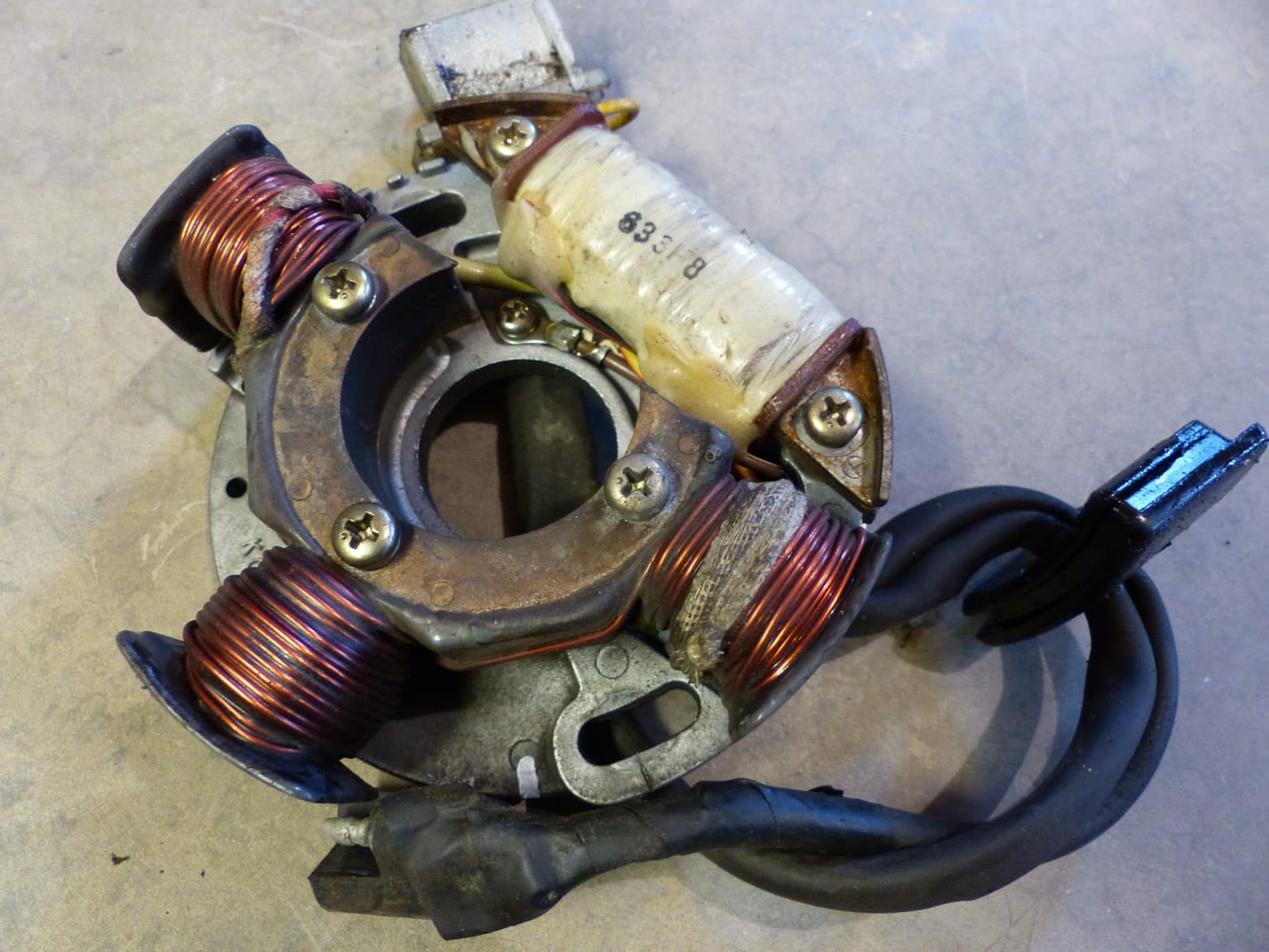
Let’s not forget the winch
More than often, comparing an ATV winches looks like a testosterone showdown like “mine is bigger than yours.”
It is generally believed that the bigger it is, the better it is (I’m talking about the winch here!). This is not entirely true. A high-power winch will also require a very high current source. Many quads do not have this capability. The bottom line is that a 4,000-pound winch that operates with an insufficient power source will pull the equivalent of a 2,500 or 3,000-pound winch adequately powered. Be aware of this fact when purchasing a winch.
Finally
Although a large number of electrical accessories can enhance our quad outings, their performance must be optimal. Accessories that are under-supplied with current will systematically perform poorly and undermine their user-friendliness. So, for adequate performance, do not exceed the capacity of your Quad.





